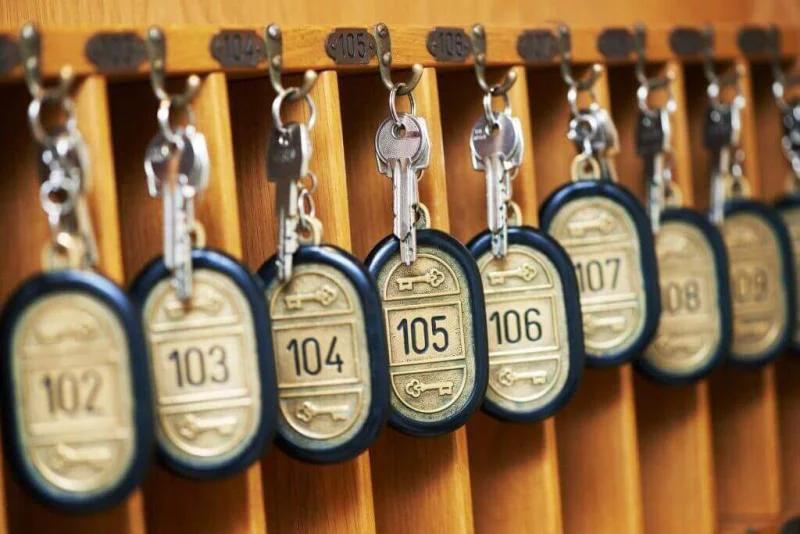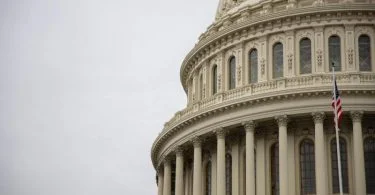Occupancy rate and Revenue Per Available Room (RevPAR) are two crucial hospitality industry metrics, but they measure different aspects of performance. The occupancy rate is the percentage of available accommodations sold during a given time frame. It is determined by dividing the number of sold rooms by the available spaces. This metric measures how efficiently a hotel occupies its rooms but does not account for the revenue generated by each room.
RevPAR provides a more comprehensive view of a hotel’s performance by combining occupancy rate and average daily room rate. It is determined by multiplying the average daily room rate by the hotel’s occupancy rate or dividing total room revenue by the total number of available rooms. Unlike the occupancy rate, RevPAR reflects the ability to occupy spaces and the average income generated per room. RevPAR provides a more comprehensive view of a hotel’s efficacy in generating revenue per available room, taking occupancy and pricing strategies into account.
What is Occupancy Rate?
The occupancy rate is critical in sectors like real estate and hospitality. Simply put, it is the number of units or places rented or used during a certain period. As an example, let’s look at the hotel business. The occupancy rate shows how many rooms out of all the rooms in a hotel have been rented out. It is worked out by dividing the number of rooms sold by the total number of rooms available and then multiplying the figure by 100 to get a percentage. The usage rate of a hotel with 100 rooms is 70% if 70 rooms are sold each night.
This rate is essential for making operational and long-term choices. A high vacancy rate usually means a lot of demand, which could be a good reason to raise rates. On the other hand, if a hotel has a low occupancy rate, it might drop prices or spend money on marketing to bring in more guests. Aside from what they mean for immediate income, occupancy rates can show broader market trends. For example, they can show how the economy is doing, how the seasons change, or how much competition there is. Overall, the occupancy rate is a meaningful way to measure progress and determine how to run a business that rents or uses space.
What is RevPAR?
RevPAR, which stands for “revenue per available room,” is a crucial measure of performance in the hospitality business. It shows how well a hotel fills its rooms and how much money it makes from each one. RevPAR can be found in one of two ways: multiplying a hotel’s average daily room rate (ADR) by its occupancy rate or dividing the total room revenue by the number of rooms accessible. The number that comes out is the average amount of money each room brings in, whether it’s filled or not.
Let’s say a hotel has 100 rooms and has sold 60 of them at an average price of $100 per night. The occupancy rate would be 60%, the ADR would be $100, and the RevPAR would be $60 ($100 ADR times 60% occupancy rate). RevPAR is an important measure because it shows a hotel’s financial health in a complete way than the occupancy rate or ADR alone. It shows how well the hotel balances the room demand with its pricing plan to make the most money. But RevPAR doesn’t consider other sources of income, like food, drinks, or spa services. It also doesn’t take into account running costs.
Difference Between Occupancy Rate and RevPAR
The hotel industry relies heavily on occupancy rate and revenue per available room (RevPAR), although these two metrics assess different aspects of performance. The occupancy rate of a hotel is the proportion of its rooms occupied by paying guests within a given time frame. Instead, RevPAR (Revenue Per Available Room) considers both occupancy and average daily room rate to provide a complete picture of a hotel’s financial health. A hotel’s ability to optimize revenue per available room by striking a balance between occupancy and pricing strategy is reflected in its revenue per available room (RevPAR) rather than its occupancy rate. The primary differences between occupancy rate and RevPAR are detailed below.
Measure of Performance
The occupancy rate is the ratio of occupied rooms to total rooms. But the average revenue per available room, or RevPAR, is what hoteliers care about.
Calculation Method
We divide the booked rooms by the total available spaces to get the occupancy rate. Multiplying the average daily room rate by the occupancy rate, or dividing the total room income by the number of rooms available, yields the formula for revenue per available room, or RevPAR.
Inclusion of Pricing
The room rate is not taken into consideration when calculating the occupancy rate. RevPAR, on the other hand, is calculated after considering the room rate.
Indication of Demand
The demand for a hotel’s rooms is reflected in the occupancy rate. However, RevPAR shows demand and the hotel’s ability to capitalize on that need.
Strategy
A hotel could boost its occupancy rate by lowering its room rates. On the other hand, putting more emphasis on RevPAR can imply raising prices, even if this results in a lower occupancy rate.
Revenue Maximization
Hotel profitability cannot be judged solely by the occupancy rate. However, RevPAR clearly indicates how much money may be made out of each available room.
Market Positioning
Unlike the occupancy rate, which only considers room usage, RevPAR takes both occupancy and pricing into account, giving a complete picture of a hotel’s position in the market.
Profitability Insight
Compared to occupancy rate, which indicates how full a hotel is, revenue per available room (RevPAR) provides a complete view of a hotel’s profitability from room sales.







